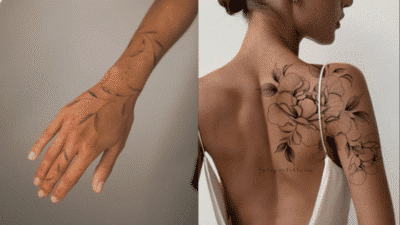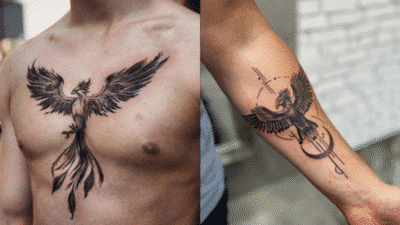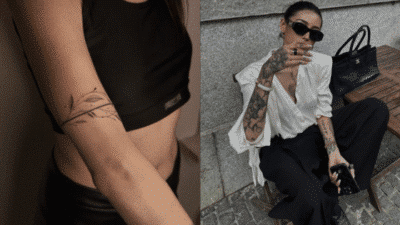Tattoos have become one of the most personal ways to express style, beliefs, and experiences. Whether you want something small and subtle or bold and detailed, the options are endless. You can find designs that reflect your personality, carry meaning, and fit perfectly with the way you want to present yourself.
You might be drawn to classic ideas like floral patterns, butterflies, or meaningful symbols, or you may prefer modern minimalist lines and abstract art. Placement matters just as much as design, and choosing where to put your tattoo can change its impact. From delicate wrist tattoos to striking back pieces, the right spot helps bring your vision to life.
Getting a tattoo also means thinking about the artist who will create it and how you’ll care for it long-term. With the right choice, your tattoo becomes more than just ink on skin—it becomes a lasting part of who you are.
Key Takeaways
- Tattoos let you express individuality through design and placement
- Different styles and trends offer options from subtle to bold
- Choosing the right artist and care ensures lasting results
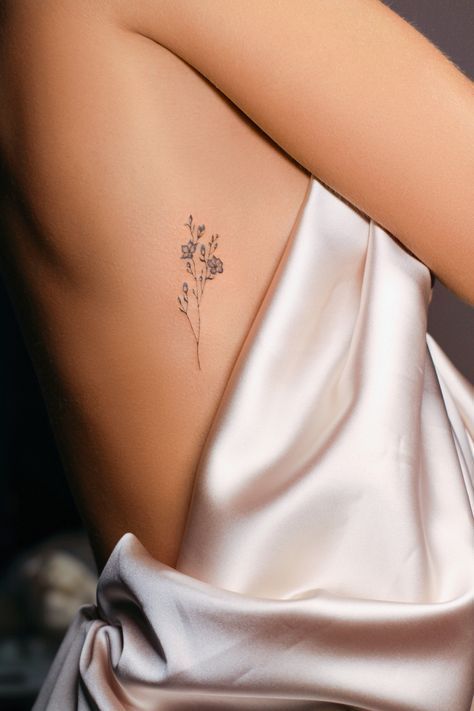
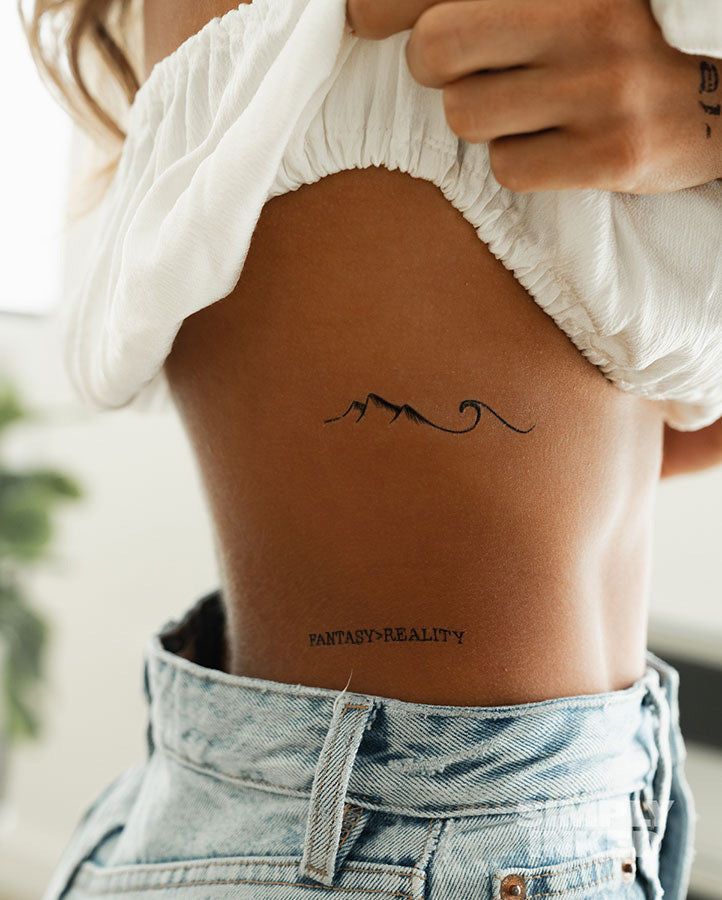
Popular Ideas for Women
When you choose a tattoo, the design often carries meaning as well as style. Many women look for symbols that represent growth, freedom, beauty, or personal milestones, making certain motifs especially popular.
Butterfly Tattoos
Butterfly tattoos remain one of the most chosen designs because they symbolize transformation and freedom. If you’ve gone through big changes in your life, this design can serve as a reminder of strength and renewal.
You can keep the design simple with a small black outline or go bold with colorful wings. Placement options vary, but common spots include the wrist, shoulder blade, or ankle.
Popular styles include:
- Minimalist line art for a subtle look
- Watercolor designs with bright splashes of color
- Realistic butterflies that highlight fine details
A butterfly tattoo works well if you want something feminine and meaningful without being overly complex.

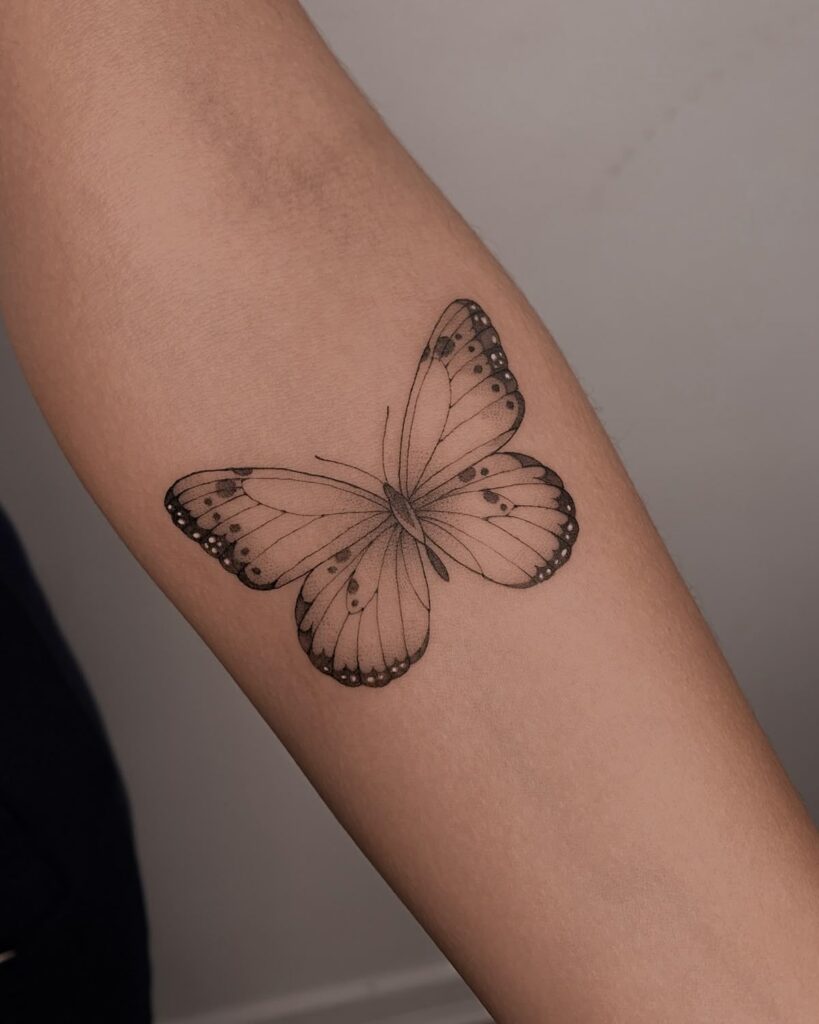
Rose Tattoos
Rose tattoos offer a timeless design that blends beauty with symbolism. A rose often represents love, passion, or resilience, depending on its color and style.
If you prefer delicate tattoos, a single rose stem on your forearm or collarbone looks elegant. For a more detailed piece, a full bouquet across the thigh or back can make a stronger statement.
Color meanings often guide design choices:
| Color | Meaning |
|---|---|
| Red | Love and passion |
| White | Purity or remembrance |
| Black | Mourning or strength |
| Yellow | Friendship and joy |
A rose tattoo gives you flexibility in both size and meaning, making it one of the most versatile tattoo ideas for women.
Dragonfly Tattoos
Dragonfly tattoos carry themes of adaptability and balance. Since dragonflies live both in water and air, they’re often linked to harmony and change.
If you value flexibility in life, this design can reflect your outlook. Many women choose small, minimalist dragonflies on the wrist or behind the ear, while larger, detailed versions look striking on the shoulder or back.
You can style dragonfly tattoos in geometric patterns, realistic shading, or even combine them with floral elements. Each approach allows you to personalize the meaning while keeping the design graceful.
Dragonfly tattoos are subtle yet rich in symbolism, making them a thoughtful choice for your next piece.
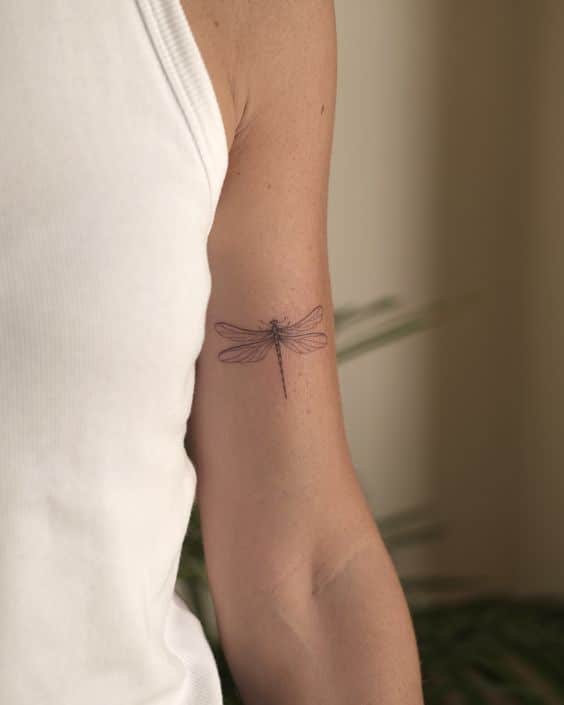
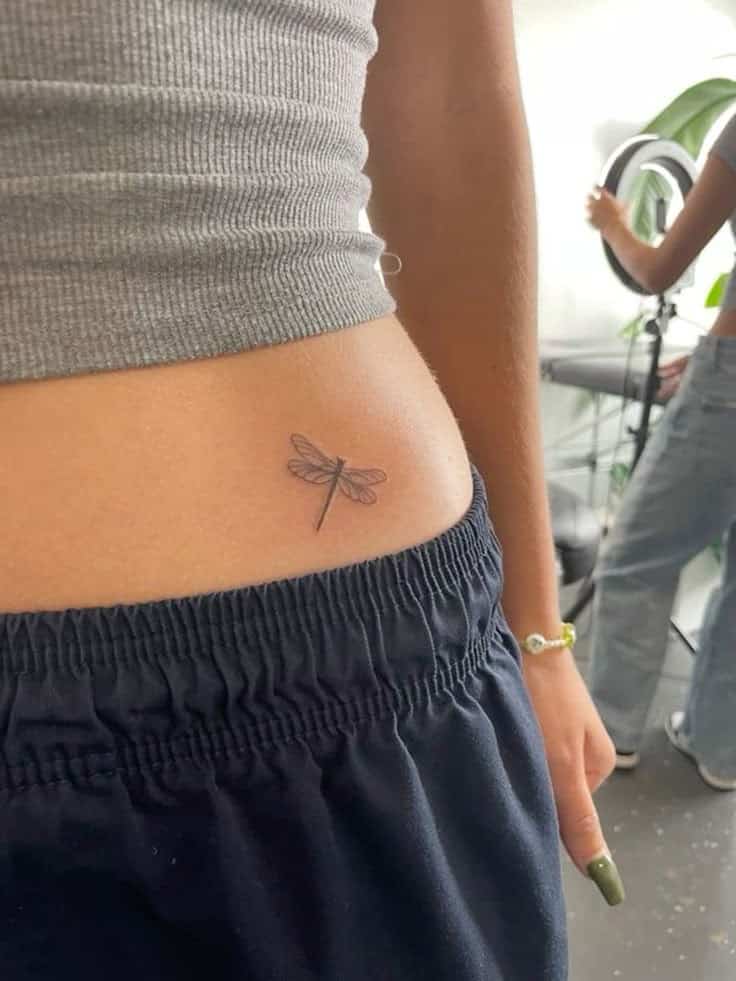
Celestial Tattoos
Celestial tattoos draw inspiration from stars, moons, and planets. These designs often represent guidance, cycles of life, or a connection to something greater than yourself.
A small crescent moon on your ankle or wrist works well if you want something discreet. Larger celestial tattoos, like a sun and moon combination across the spine, create a more detailed and striking look.
Common motifs include:
- Crescent moons for intuition
- Stars for hope and direction
- Sun designs for vitality and energy
Celestial tattoos let you explore personal meaning while keeping the design simple or elaborate depending on your style. They’re versatile and work well as both stand-alone tattoos or part of a larger piece.

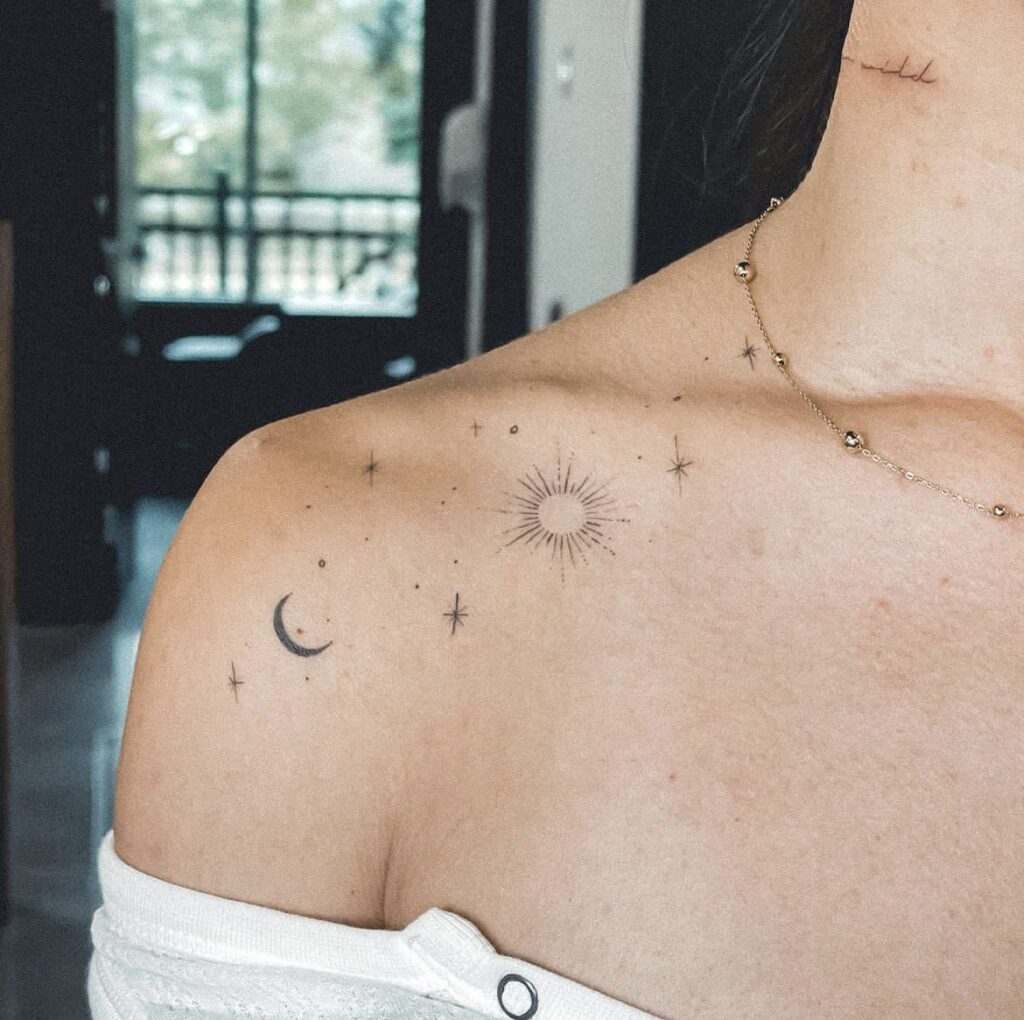
Tattoo Styles and Artistic Trends
When you choose a tattoo, the style often matters as much as the design itself. Your choice of color, detail, and subject can change how the tattoo feels on your skin and how it reflects your personality.
Watercolor Tattoos
Watercolor tattoos use soft gradients and brushstroke-like patterns to create a painted effect. You’ll often see them in floral designs, animals, or abstract shapes, where the blending of colors adds movement and depth.
Unlike bold black outlines, watercolor tattoos rely on color transitions to define the artwork. Shades of blue, pink, and purple are popular, but you can mix any palette.
Keep in mind that watercolor tattoos may fade faster than traditional ink. Choosing an experienced artist who understands how to layer pigment can help your tattoo stay vibrant.
Mandala Tattoos
Mandala tattoos focus on geometric balance and symmetry. They often feature repeating circles, petals, and intricate patterns that radiate outward.
You might choose this style if you want something detailed and structured. Many women place mandalas on the back, forearm, or thigh because these areas provide enough space for the design to expand.
Some people connect mandalas with mindfulness or spiritual growth, but you can also enjoy them simply for their beauty. Black ink is common, though some artists add subtle color to highlight the shapes.
Floral Tattoos
Floral tattoos remain one of the most versatile tattoo styles for women. You can pick a single flower, such as a rose or lotus, or create a bouquet that stretches across the arm or shoulder.
Each flower can carry meaning. For example:
- Rose – love or passion
- Lotus – resilience and rebirth
- Cherry blossom – fleeting beauty
Floral tattoos work well in both color and black ink. Watercolor techniques can make them soft and painterly, while bold outlines give them a more graphic look.
Nature-Inspired Tattoos
Nature-inspired tattoos often include elements like trees, mountains, birds, or butterflies. These designs connect you to the outdoors and can symbolize freedom, growth, or stability.
You can choose a realistic style with fine detail or go for a simpler, minimal outline. Many women combine nature themes with watercolor or geometric accents for a modern twist.
Placement varies depending on the subject. A mountain range fits well across the forearm, while a butterfly may look delicate on the collarbone or wrist. Adding color can make the design more vivid, but black ink keeps it timeless.

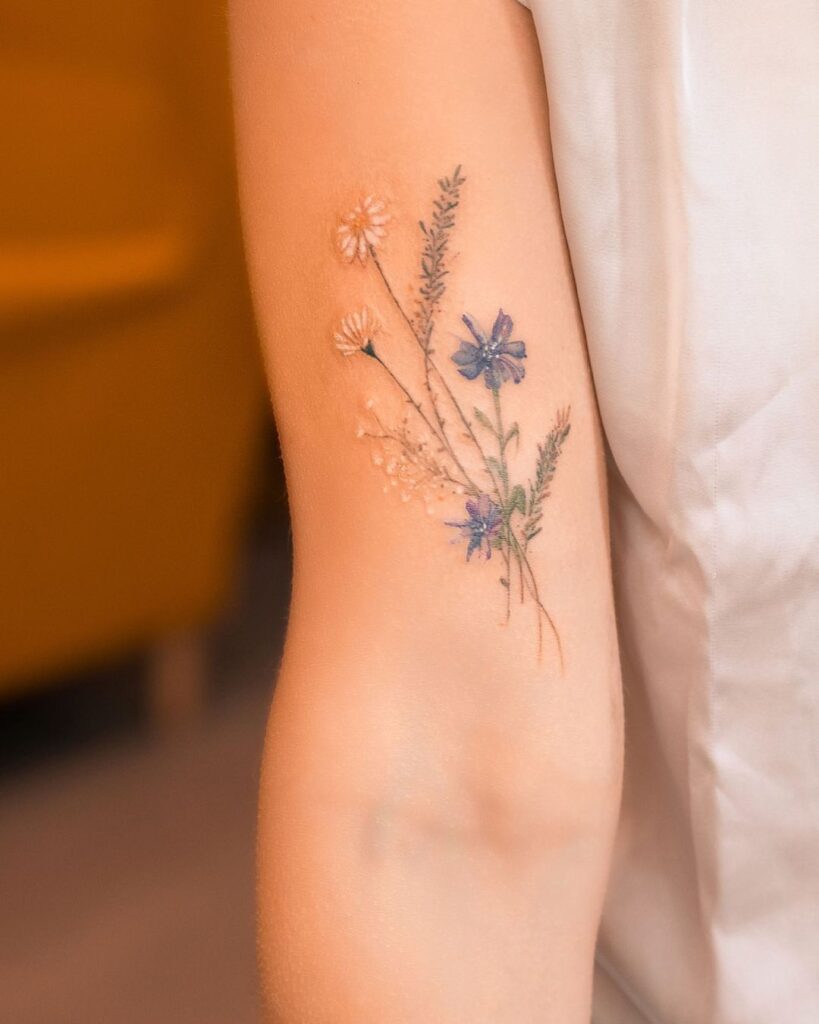
Tattoo Placement for Women
Choosing where to place your tattoo affects how it looks, how often others see it, and even how much it may hurt. Some areas highlight bold designs, while others allow for subtle, discreet artwork that only you know about.
Forearm Tattoos
The forearm is one of the most popular spots for tattoos because it offers a flat, visible surface that works well for detailed designs. You can choose between the inner forearm for something more private or the outer forearm if you want your tattoo to be seen more often.
This placement gives you space for medium to large pieces without overwhelming the area. Many people choose floral patterns, script, or geometric designs here because they flow naturally with the arm’s shape.
Pain levels are usually moderate since the forearm has more muscle and tissue compared to bony areas. Healing is also straightforward, as it’s easy to keep this area clean and uncovered. If you want a balance of visibility and comfort, the forearm is a reliable choice.
Thigh Tattoos
Thigh tattoos are appealing because they provide a large canvas with plenty of flexibility in size and detail. You can go for a small, delicate design on the upper thigh or a large, bold piece that wraps around the leg.
This placement allows you to keep the tattoo private when needed while still showing it off in shorts or swimwear. The thigh’s natural curves also make it a good spot for flowing designs like flowers, animals, or mandalas.
Pain levels are generally lower here since the thigh has more fat and muscle to cushion the needle. However, tattoos closer to the inner thigh may feel more sensitive. If you want both privacy and room for creativity, the thigh is a strong option.
Visible Tattoos
Visible tattoos, such as those on the hands, neck, or wrists, stand out immediately and make a strong statement. These areas are often chosen by people who want their tattoo to be part of their daily look rather than something hidden.
Before committing, consider how visibility might affect professional or social situations. Some workplaces may have policies about tattoos, and highly visible spots are harder to cover.
Pain levels can also be higher in visible areas since they often have less muscle and thinner skin. Still, if you’re comfortable with the attention and want your tattoo to always be part of your style, visible placements are worth considering.
Small Tattoos
Small tattoos work well if you prefer something subtle or if it’s your first time getting inked. They can fit almost anywhere, but common placements include the wrist, ankle, collarbone, or behind the ear.
These tattoos usually heal faster and require less downtime compared to larger pieces. They’re also easier to hide, making them a flexible choice if you want something personal without drawing constant attention.
Designs like tiny symbols, initials, or minimalist shapes are popular for small tattoos. Because of their size, details should be simple to ensure the artwork stays clear as it ages. If you want a meaningful tattoo without committing to a large piece, small tattoos are a practical option.
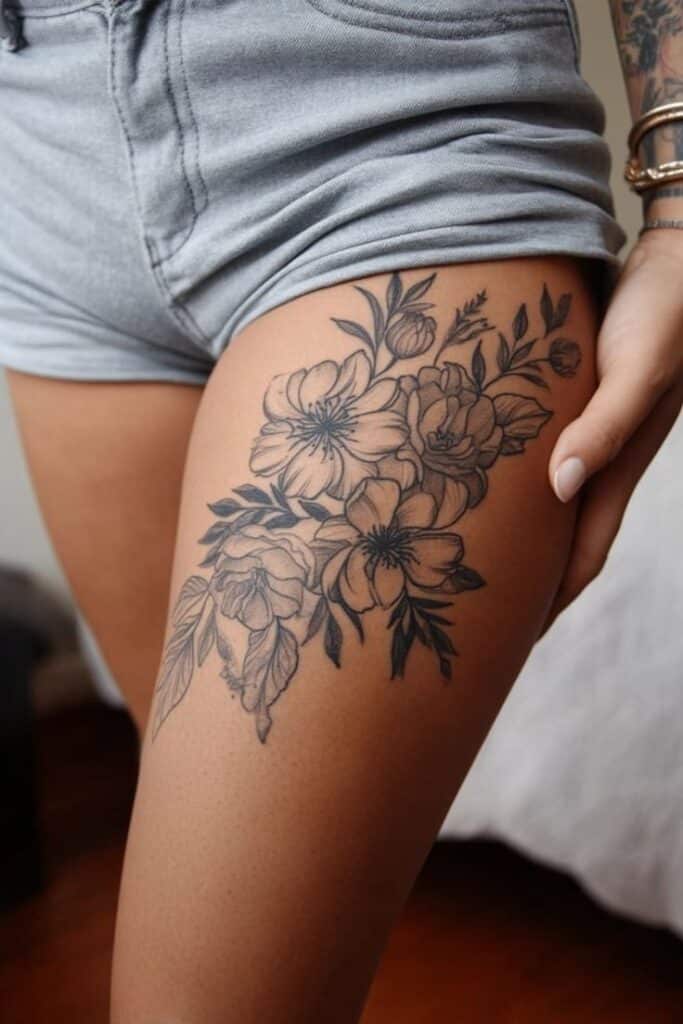
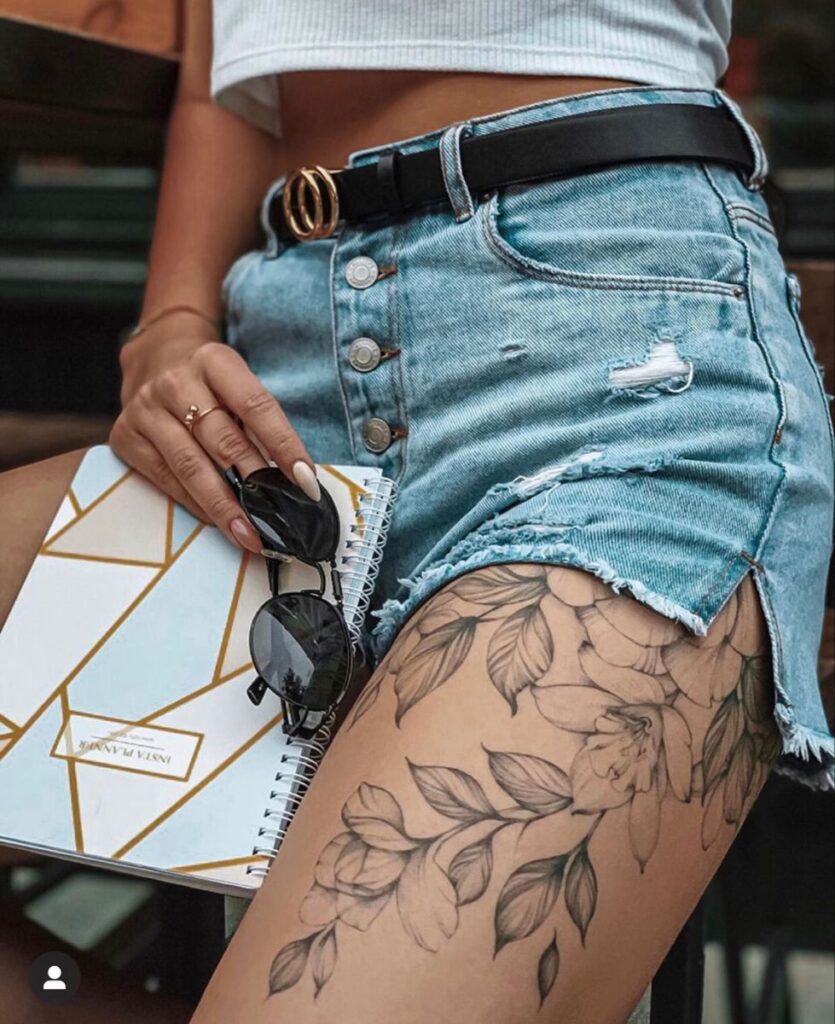
Choosing the Right Tattoo Artist
Selecting who creates your tattoo matters as much as the design itself. Skills, communication, and safety standards directly affect how your tattoo looks and how well it heals.
Finding Experienced Tattoo Artists
Look for tattoo artists who have a consistent style and proven experience. A strong portfolio shows not only technical skill but also attention to detail and creativity. Compare different portfolios to see if their work matches the type of tattoo you want.
Reading reviews can help you understand how reliable and professional an artist is. Pay attention to feedback about punctuality, cleanliness, and how well the tattoo holds up over time.
When possible, schedule a consultation. This lets you ask about their process, pricing, and any concerns you may have. Meeting face-to-face helps you decide if you feel comfortable working with them.
Checklist for evaluating experience:
- Portfolio quality and variety
- Years of practice
- Reviews from past clients
- Professional demeanor during consultation
Custom Design Collaboration
A good tattoo artist should listen to your ideas and translate them into a design that works well on your skin. Bring reference images, sketches, or notes to explain what you want. The artist can then refine the concept to fit your body placement and size.
Collaboration is important because not every design works as a tattoo. An artist with experience will suggest adjustments for line thickness, shading, and longevity. This ensures the tattoo looks good not only on day one but years later.
Ask the artist how they approach custom work. Do they redraw until you’re satisfied? Do they explain why certain changes are necessary? Their willingness to work with you shows respect for your vision while maintaining professional standards.
Key points to discuss:
- Placement and sizing
- Color vs. black and gray
- Adjustments for skin tone and texture
- Long-term durability of the design
Studio Environment and Safety
The studio where your tattoo is done is just as important as the artist. A clean, organized environment reduces the risk of infection and ensures proper healing. Look for disposable needles, sterilized equipment, and single-use ink caps.
Don’t hesitate to ask about hygiene practices. Professional tattoo artists will explain their sterilization process and show proof of licensing or certifications if required in your area.
Observe the studio’s atmosphere. You should feel comfortable and safe, with clear boundaries between work areas and waiting areas. A professional environment shows that the artist values both your health and your experience.
What to check for in a studio:
- Sterile equipment and disposable supplies
- Valid health and safety certifications
- Clean workstations and visible hygiene practices
- Comfortable, professional atmosphere


Tattoo Care and Longevity
Taking care of your tattoo helps it heal properly and stay vibrant for years. The way you treat your skin in the first few weeks and how you maintain it long-term both play a big role in how well your tattoo ages.
Tattoo Aftercare
Right after getting your tattoo, your skin needs protection. Most artists cover the fresh tattoo with a sterile bandage or film to prevent bacteria from entering. You should keep this on for the recommended time, usually a few hours, before gently washing the area with mild, fragrance-free soap.
Moisturizing is key during healing. Apply a thin layer of unscented lotion or tattoo-specific ointment to prevent dryness and scabbing. Avoid petroleum-based products, as they can clog pores and slow recovery.
For at least two weeks, avoid swimming, soaking in baths, or exposing the tattoo to direct sunlight. These activities can lead to fading, infections, or uneven healing. Wear loose clothing to reduce friction against the tattooed skin.
A simple daily routine looks like this:
- Wash gently with lukewarm water and mild soap
- Pat dry with a clean towel (don’t rub)
- Apply moisturizer in a thin, even layer
- Avoid scratching or picking at scabs
Tattoo Maintenance
Once healed, your tattoo still needs consistent care to look its best. Sun exposure is the biggest factor in fading, so you should apply a broad-spectrum sunscreen with at least SPF 30 whenever your tattoo is uncovered.
Hydration also matters. Keeping your skin moisturized helps preserve ink vibrancy and prevents cracking or dryness that can dull the design. A lightweight, fragrance-free lotion works well for daily use.
Placement can affect how your tattoo ages. Areas with frequent friction, like fingers or feet, may blur faster. If you have tattoos in these spots, you’ll need to be extra diligent with care and may require touch-ups over time.
Healthy habits also support tattoo longevity. Staying hydrated, eating nutrient-rich foods, and avoiding excessive tanning all help your skin—and your tattoo—age more gracefully.

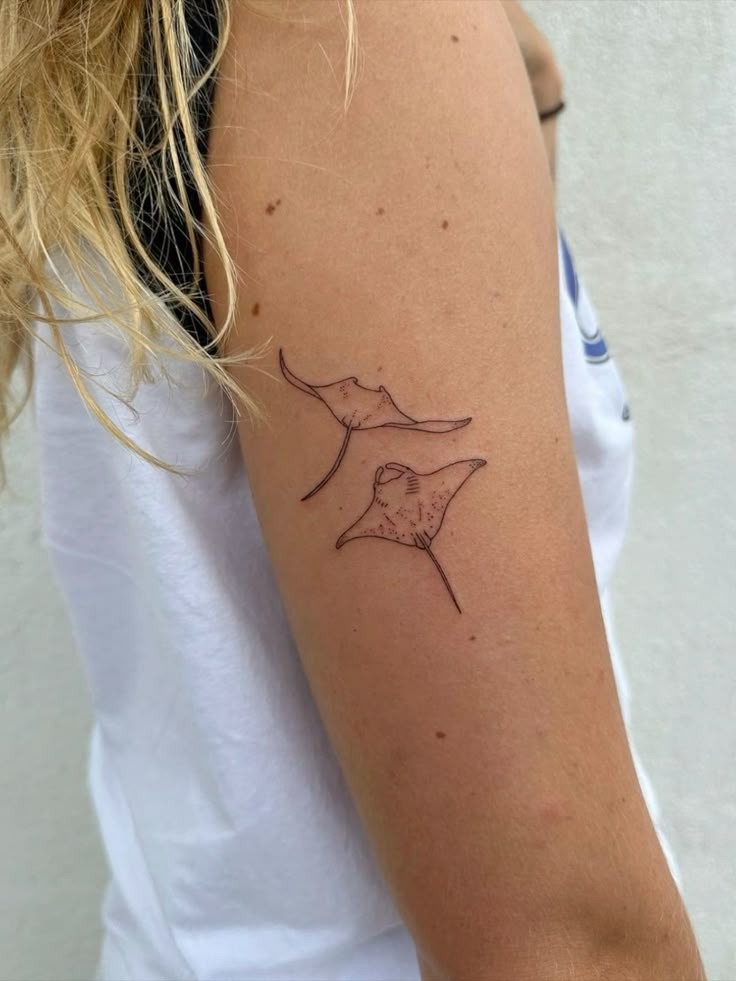
Tattoo Culture and Personal Expression
Tattoos connect personal identity with cultural meaning, shaping how you express values, milestones, and individuality. They reflect both private choices and broader shifts in tattoo culture, where designs once seen as rebellious are now embraced as everyday forms of self-expression.
Empowerment Through Body Art
When you choose a tattoo, you often do more than decorate your skin—you claim ownership of your body. Many women see tattoos as a way to mark resilience, celebrate achievements, or symbolize growth. A small symbol can carry as much meaning as a full sleeve, depending on what it represents to you.
Tattoos also let you challenge old stereotypes. Where body art once carried stigma, it now communicates strength and confidence. For example, designs like lotus flowers can represent renewal, while geometric patterns may reflect balance and stability.
You can use tattoos to honor relationships, cultural heritage, or personal values. Some women choose dates or initials for remembrance, while others select motifs tied to family traditions. Body art becomes a visible reminder of what matters most in your life.
Modern Trends in Tattoo Culture
Tattoo culture today blends tradition with innovation. You’ll find classic motifs like roses or mandalas alongside minimalist line work and watercolor designs. This mix gives you flexibility to match your tattoo with your personal style.
Placement trends have also shifted. Behind-the-ear tattoos, finger symbols, and fine-line wrist pieces are popular for subtle expression. Larger works—such as arm sleeves or back pieces—often serve as storytelling canvases.
Studies show women now make up more than half of tattoo clients, reflecting how mainstream the practice has become. As tattoos move from counterculture to everyday life, you can explore designs without the pressure of outdated social judgments.
Your options range from bold statements to discreet symbols, making tattoos adaptable for any lifestyle. Whether you prefer intricate detail or simple shapes, modern tattoo culture supports diverse approaches to personal expression.
- 1.6Kshares
- Facebook0
- Pinterest1.6K
- Twitter0

